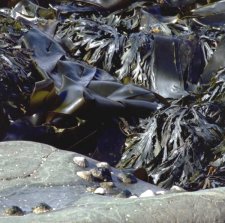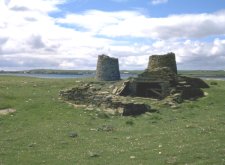| Whale Oil Uses |
|
Home |
Soap Soap
has been produced for many centuries and over that long period of
time the method of production changed very little. Neutral oils
or fats, including beef and mutton fat and whale oil, were boiled
with alkalis, particularly potassium and sodium hydroxide, to form
metallic salts of fatty acids, or soaps. Glycerol was liberated
as a valuable by-product. The production of ash from kelp was a major industry in Scotland in the western and northern isles during the 18th and 19th centuries. The Kelp industry was introduced to Orkney as early as 1722 by a progressive landowner, James Fea of Whitehall, Stronsay. There was some suspicion of the industry to begin with as the kelp was a useful fertiliser. The seaweed was burnt to produce alkali which had uses not only for making soap but also glass. The seaweed washed ashore, known locally as' tangles' was collected and usually burned in shallow stone-lined pits, which can be seen in many places around the Orkney shores, and became a valuable industry, bringing in during the French wars, some £20,000 per annum, and employing up to 3000 people. The success of the industry produced large profits and led to attempted innovations. On Papa Stronsay large kilns were built to replace the simple stone-lined pits. It is not known if these kilns were a great improvement on the more traditional method. Links: |



